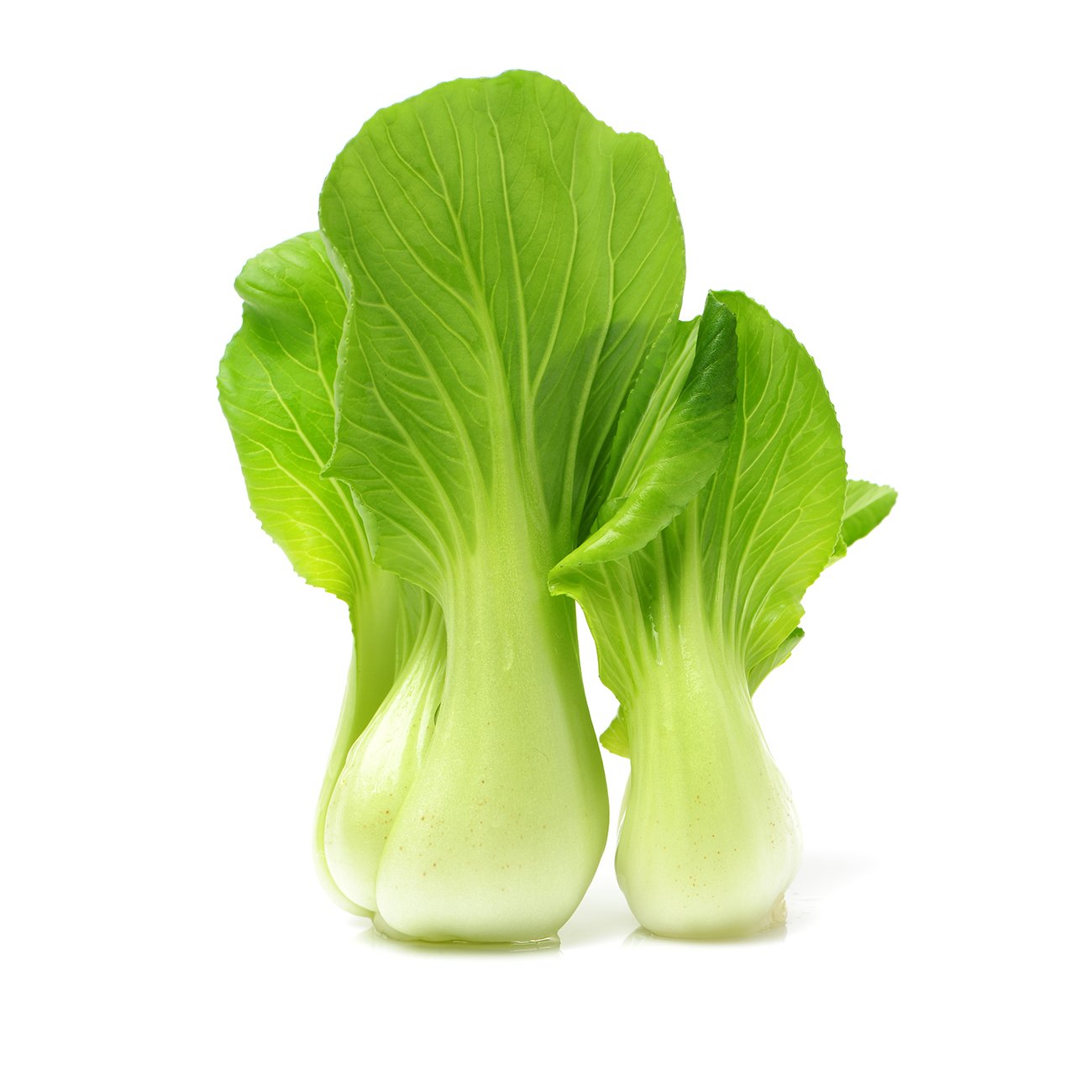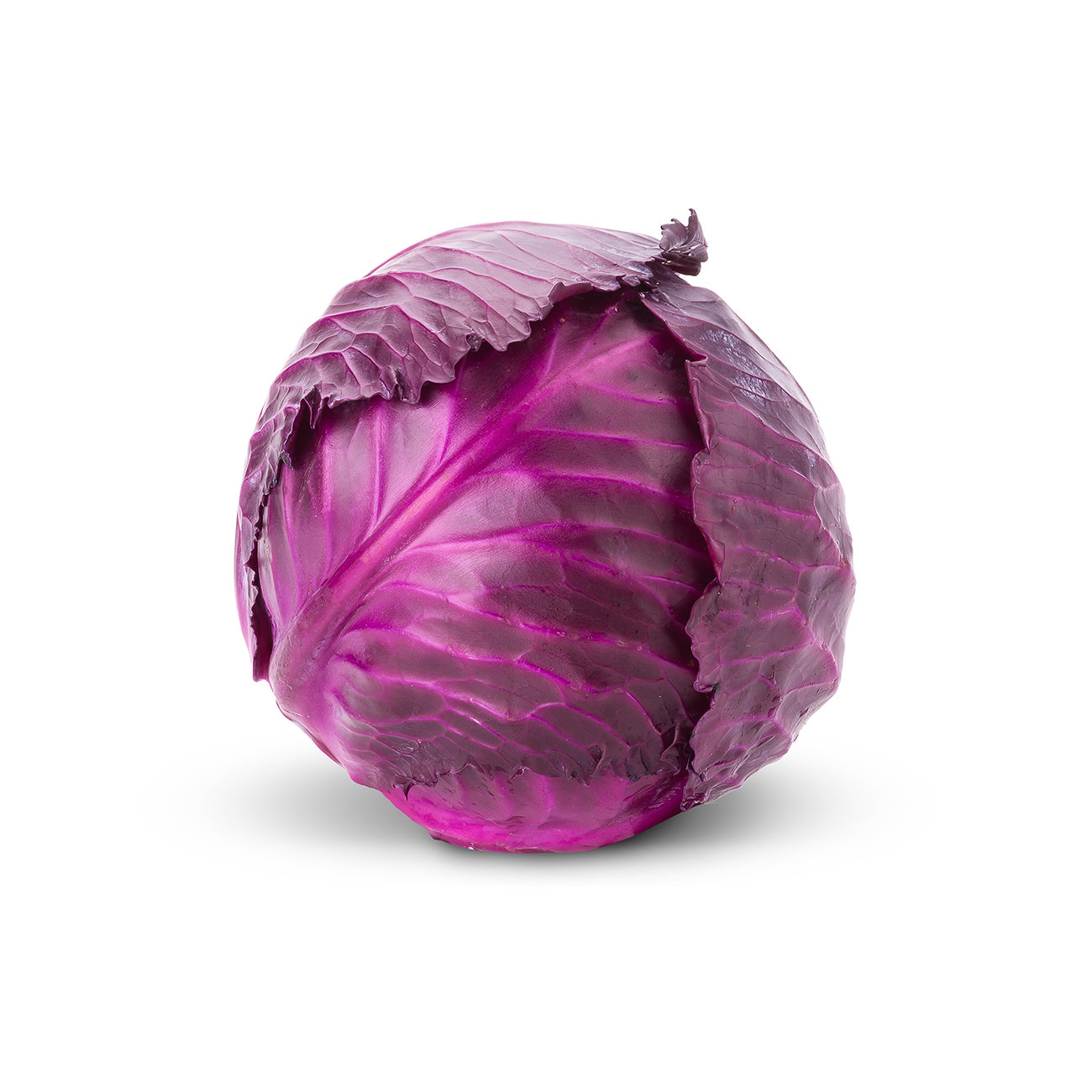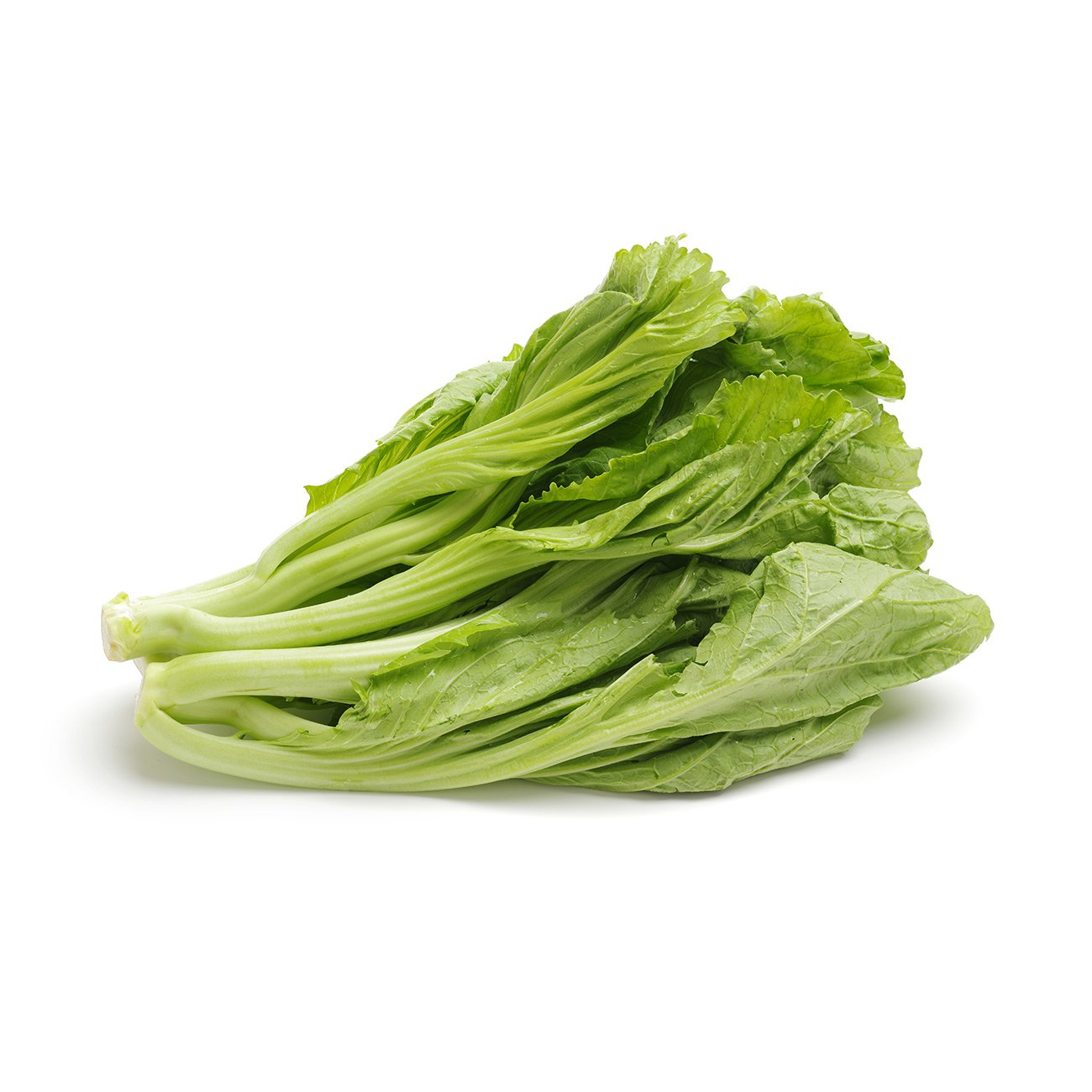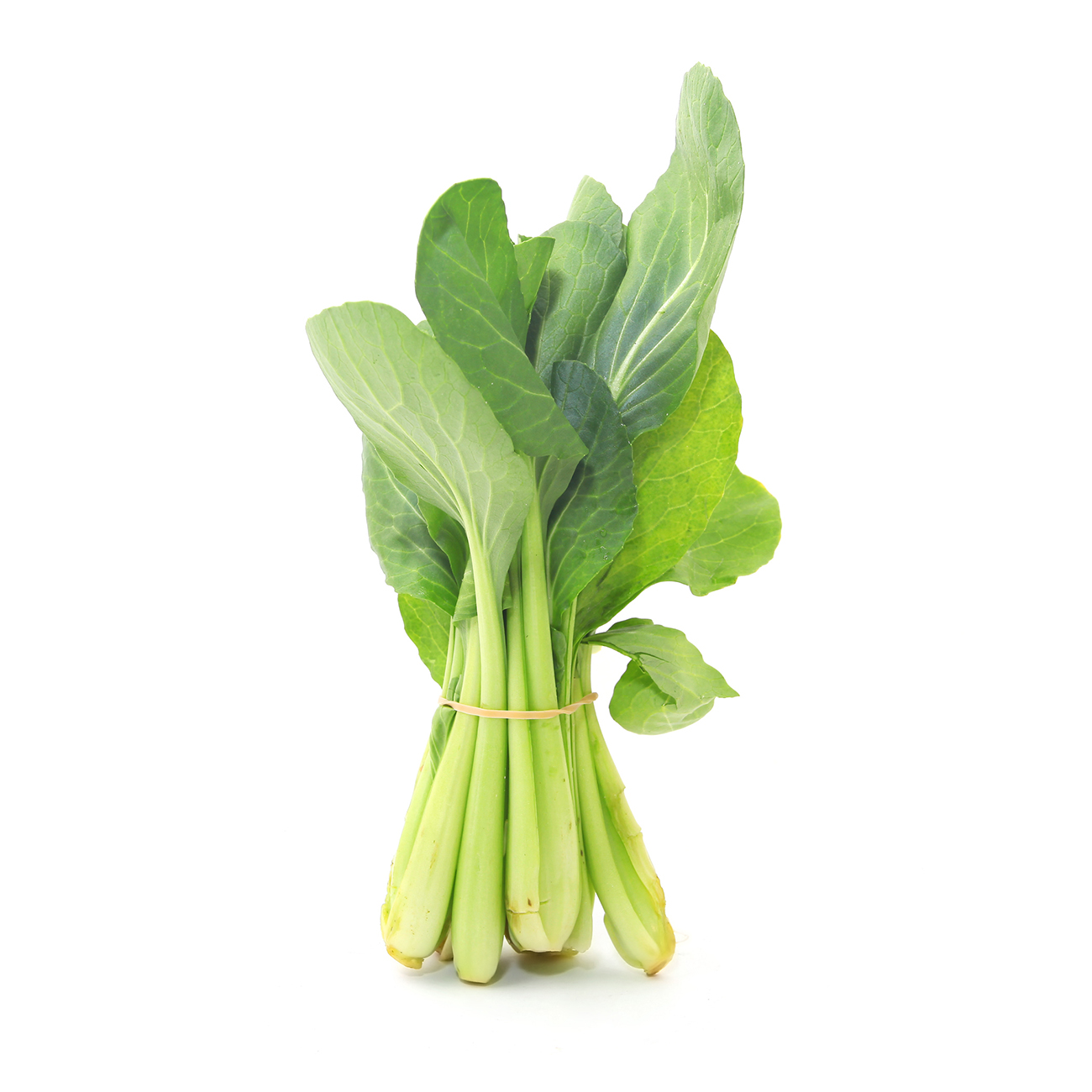Cabbage, Chinese
The longer these peppery leaves cook, the sweeter they taste.
Alternative Name
Baechu, Baguio petsay, celery cabbage, Chinese white cabbage, hakusai, napa cabbage, nappa cabbage, Peking cabbage, petsay wombok, snow cabbage, tientsin cabbage, wombok, wong a pak, wongbok, won nga bok
Scientific Name
Brassica rapa pekinensis
Health benefits
Chinese cabbage, or wombok, is different to most other cabbages due to its large and cylindrical in shape. It has layers of loosely packed pale yellowish-green leaves and a mild flavour with a gentle peppery kick. It is not to be confused with bok choy, which is also sometimes called Chinese cabbage. This vegetable is a member of the brassica—or cabbage—family, also known as a cruciferous vegetable.
-
Harvesting
Chinese cabbages may be cylindrical and less compact than round cabbages. After trimming outer wrapper leaves, they should be firm, heavy, and free of insect, decay, seed stalk development and other defects. Leaves should be crisp and turgid.Postharvest storage temperature
Chinese cabbage can be stored 2–6 months at 0–2.5°C. Deterioration of cabbage is associated with stem or seed stalk growth, root growth, internal breakdown, leaf abscission, discolouration, decay and black speck. Chilling injury may occur during storage at 0°C after 3 months or longer. The main symptom is midrib discolouration, especially on outer leaves. Freeze damage can occur if Chinese cabbage is stored below -0.6°C. It appears as darkened translucent or water-soaked areas that will deteriorate rapidly after thawing.Controlled atmosphere storage
Some benefit to shelf life can be obtained with low O2 (2.5-5%) and high CO2 (2.5-6%) at temperatures of 0–5°C. CA storage will maintain colour and flavour of cabbage, delay root and stem growth, and reduce leaf abscission. O2 atmospheres below 1% will cause fermentation and CO2 atmospheres >10% will cause internal discolouration.Ethylene sensitivity
Cabbages are sensitive to ethylene, which causes leaf abscission and yellowing. Ventilation during storage is important to maintain low ethylene levels.Humidity storage
Store at >95% relative humidity.Disease & infection
The most common decays found in stored cabbage are watery soft rot, grey mould rot, alternaria leaf spot and bacterial soft rot. Bacterial soft rots result in a slimy breakdown of the infected tissue and may follow fungal infections. Trimming outer leaves, rapid cooling and low temperature storage reduce development of these rots. -
Keep in vegetable drawer of fridge.
Nutrition information
| Qty per serve | % RDI per serve | Qty per 100g | |
|---|---|---|---|
| Energy | 33 kJ | 0% | 44 kJ |
| Protein | 0.8 g | 2% | 1.1 g |
| Fat, total | 0 g | 0% | 0 g |
| – saturated | 0 g | 0% | 0 g |
| Carbohydrate | 0.7 g | 0% | 0.9 g |
| – sugars | 0.7 g | 1% | 0.9 g |
| Dietary fibre, total | 0.8 g | 3% | 1.1 g |
| Sodium | 5 mg | 0% | 6 mg |
| Folate | 128 µg | 64% RDI | 170 µg |
| Vitamin B6 | 0.17 mg | 11% RDI | 0.23 mg |
| Vitamin C | 15 mg | 38% RDI | 20 mg |
| Vitamin K | 32 µg | 40% ESADDI | 43 µg |
Note: % RDI are based on an average adult diet of 8700 kJ. Your daily intakes may be higher or lower depending on your energy needs. RDI = Recommended Dietary Intake; ESADDI = Estimated Safe and Adequate Daily Dietary Intake.
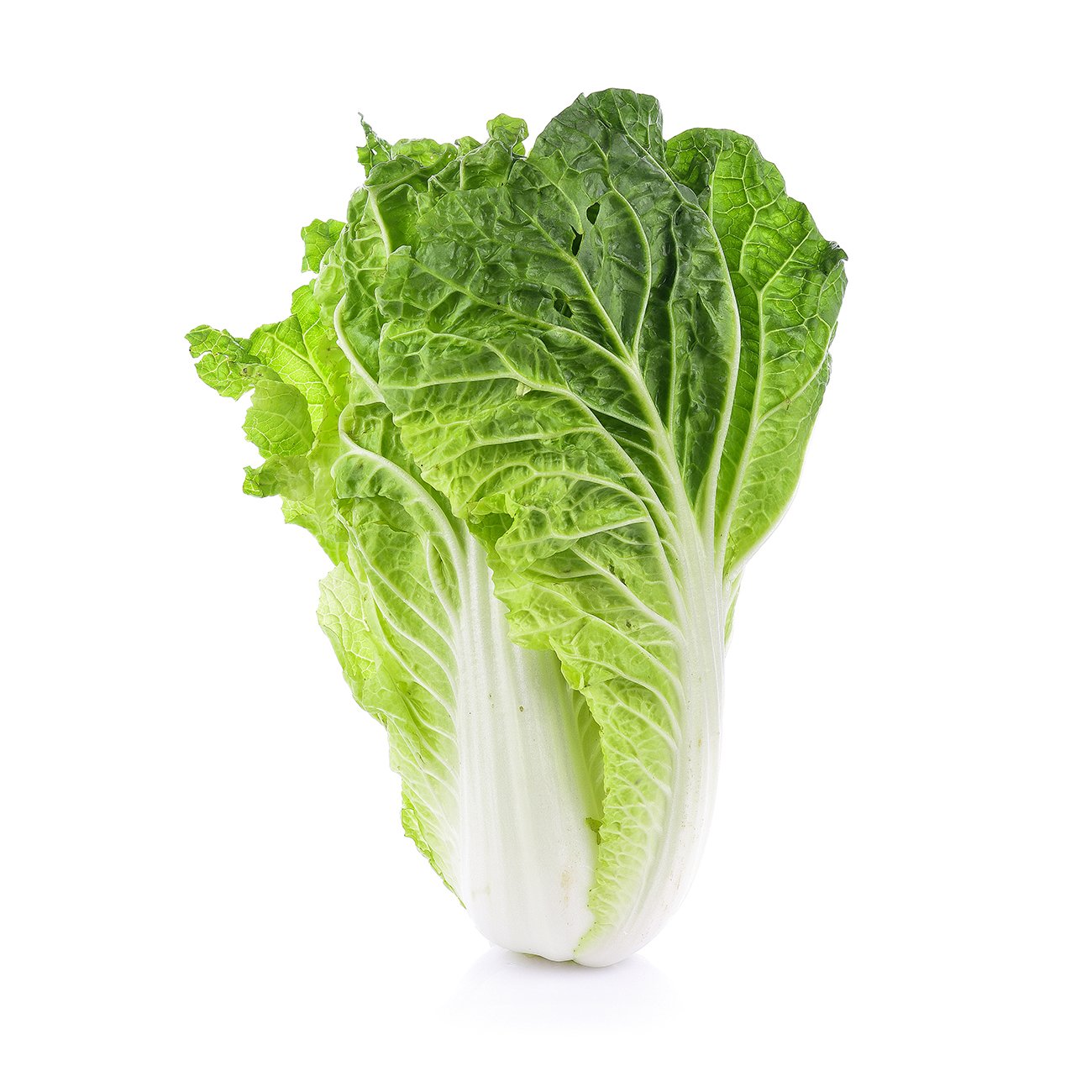
You might also like
Veggy tip
The texture of Chinese cabbage makes it perfect for coleslaw, stir-fries and soups.
